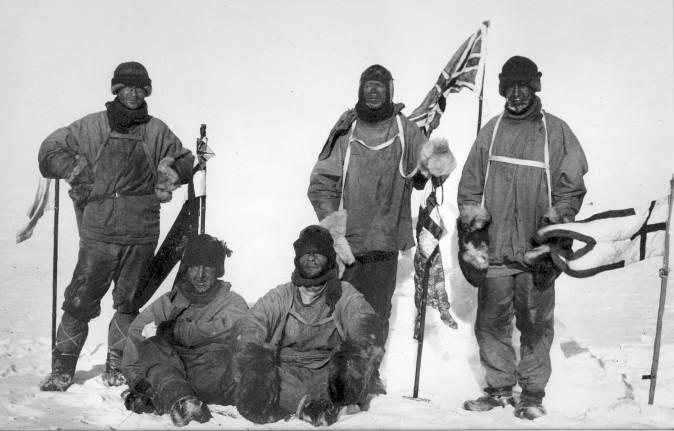For something that we’re told improves with age, this edible relic is quite the find.
Frozen for 106 years on the Antarctica’s Cape Adare Peninsula, a Huntley & Palmers fruitcake has been discovered in a remote explorers’ hut, still-wrapped in a timeworn tin-plated iron alloy tin.
The discovery was made by four Antarctic Heritage Trust conservators who have been working to conserve artifacts from the huts built in 1899 by Norwegian Carsten Borchgrevink’s expedition.
“It looks like new which is quite fantastic, it doesn’t quite smell quite like new, it smells a little bit of rancid butter, but it looks beautiful,” said Lizzie Meek, Program Manager for Artefacts Conservation at the trust, told Newshub.
Meek said: “Finding such a perfectly preserved fruitcake in amongst the last handful of unidentified and severely corroded tins was quite a surprise. It’s an ideal high-energy food for Antarctic conditions, and is still a favorite item on modern trips to the Ice.”
Following the find, conservators worked to preserve the tin. Not much work on the cake was needed. Conservation treatment involving the removal of rust, chemical stabilization, coating of the tin remnants, deacidification of the tin label, and physical repair of the torn wrapping paper and tin label, according to Antarctic Heritage Trust.
The Antarctic Heritage Trust team said that the cake most likely belonged to British Captain Robert Falcon Scott and his Northern Party who visited the hut in 1911 as part of the Terra Nova expedition (1910–1913).






